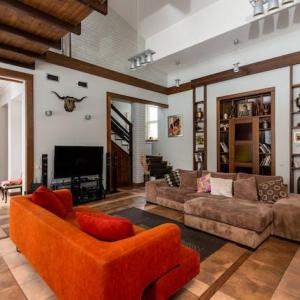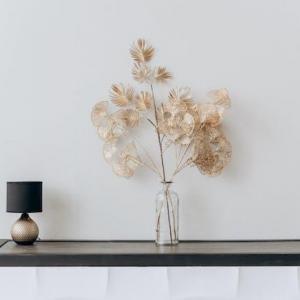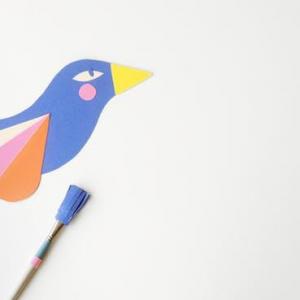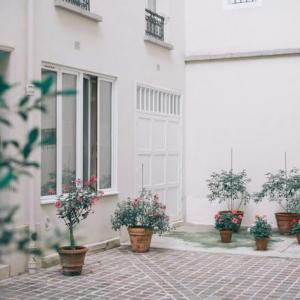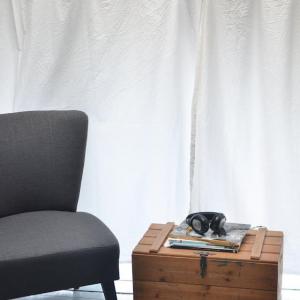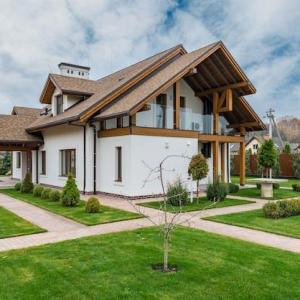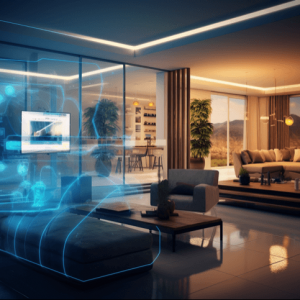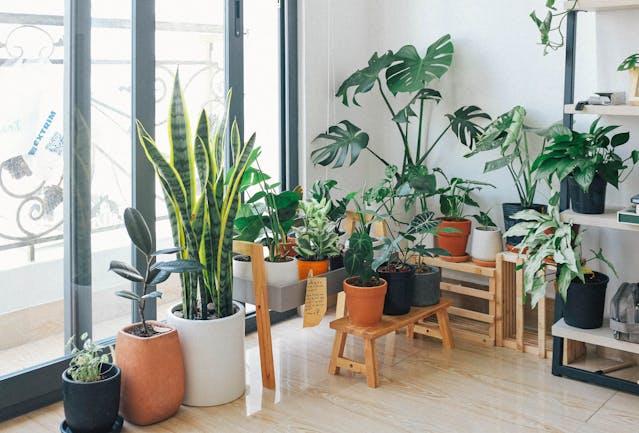
Understanding Biophilic Design
Biophilic design draws inspiration from nature, incorporating elements such as natural light, greenery, and organic materials into the built environment. The term "biophilia" refers to the innate human tendency to seek connections with nature. By bringing these elements indoors, designers aim to improve the overall quality of life for occupants.Bringing Nature Inside
Biophilic design likes to bring nature inside by using big windows, skylights, and open layouts to let lots of sunlight in. This makes rooms feel open and connected to the outdoors, and it's good for both mood and getting things done because it means less need for artificial lights.
Greenery Everywhere
The integration of plants and greenery is a hallmark of biophilic design. Indoor gardens, potted plants, and living walls have become popular ways to introduce nature into homes. Beyond their aesthetic appeal, plants improve air quality by filtering out pollutants and increasing oxygen levels. This symbiotic relationship between humans and plants enhances overall well-being.
Natural Materials for a Harmonious Touch
In biophilic design, the choice of materials plays a crucial role. Using natural materials such as wood, stone, and bamboo creates a sense of warmth and authenticity. These materials not only contribute to the visual appeal of a space but also connect occupants to the earthy essence of the natural world.Water Features: Flowing Serenity
Adding water features like indoor fountains or aquariums brings a calm feeling to indoor spaces. The sound of flowing water has been proven to lower stress and create a peaceful atmosphere, making it a popular choice in biophilic design.Color Palette Inspired by Nature
The color palette in biophilic design often mirrors the hues found in nature—greens, blues, and earthy tones. These colors evoke a sense of calmness and tranquility, fostering a connection to the natural world. Soft greens reminiscent of leaves or muted blues inspired by the sky create a soothing backdrop for interior spaces.Maximizing Outdoor Connections
Biophilic design also emphasizes the seamless transition between indoor and outdoor spaces. Large glass doors, outdoor patios, and balconies serve as extensions of the living area, allowing residents to feel more connected to nature. This integration blurs the boundaries between the built environment and the natural world.Well-Being Benefits
Beyond the aesthetic appeal, biophilic design has been linked to numerous health benefits. Studies have shown that exposure to nature, even in a simulated form, can reduce stress, improve cognitive function, and enhance creativity. By incorporating nature into the design of homes, architects, and designers are actively contributing to the physical and mental well-being of occupants.Sustainable Practices and Future Trends
As the awareness of the importance of nature in our daily lives continues to grow, biophilic design is poised to become a mainstay in architectural and interior design practices. The integration of sustainable practices, such as energy-efficient technologies, recycled materials, and green building certifications, will further enhance the environmental impact of biophilic spaces.The Future of Biophilic Design
The future of biophilic design holds exciting possibilities. Advancements in technology may allow for more innovative ways to seamlessly integrate nature into our living spaces. Smart design solutions, coupled with a deep understanding of human-nature connections, will likely shape the evolution of biophilic design, ensuring its continued relevance in a rapidly changing world.Conclusion
The rise of biophilic design is a testament to the human desire to reconnect with nature in our increasingly urbanized world. By bringing elements of the outdoors into our homes, this design approach not only enhances the visual appeal of spaces but also contributes to improved well-being. As we celebrate the first anniversary of this design trend, it's clear that the harmony between the built environment and the natural world is a timeless concept that will continue to evolve and shape the way we live for years to come.
Article
Be the first comment




